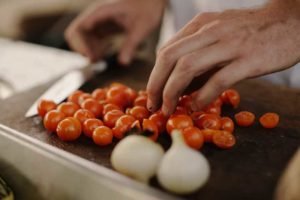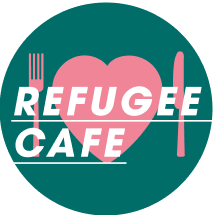Throughout the centuries Levantine people, like all human beings conditioned by hard physical labour, also worked on improving their daily diet. Food was not just used to satisfy hunger, it was recognised as essential fuel to replace the calories burned through hard work.
In a way, you can refer to the necessary refinements made to food as ‘taming it’: more sophisticated methods of food preparation made it more delicious to eat and added a wider range of flavours and combinations.
Working bodies needed quality food and gargantuan appetites had to be satisfied, but more than that, there were new ingredients to explore and experiment with as trade routes became busier and a bonanza of natural foods were made available to everyday cooks.
New dishes were invented, and the creative cooks that made them gave them special names. A whole range of folk tales revolving around Levantine cuisine were woven around these names…all the stories were passed on through word of mouth, of course, so the origin of recipes seemed like a tangled web to those who tried to document the dishes and trace their roots.
Shakriah
One dish with an interesting story behind it is Shakriah, which is a dish of lamb chunks cooked with shallots in olive oil, bay leaves, cardamom, salt and, in later incarnations, sour strained yoghurt or heavy cream. Sometimes people make it even richer by adding corn starch to the sauce, so it’s almost like a béchamel. Some people make it more elaborate, with an addition of chopped nuts, garlic or coriander.
The story that grew up with this simple dish became as multi layered as the recipe itself.
It was about a resourceful mother whose son, a shepherd, ate her out of house and home. His name was Shakir. Shakir relished his mother’s delicious food and felt cherished by it.
One day he came in ferociously hungry; indeed he felt as if his stomach was cleaving to his backbone. He asked his mother for some food and she came up with this remarkable recipe. The dish’s debut was a resounding success. Shakir quite fell in love with it. It became his absolute favourite and he repeatedly asked his mother to make it for him, so she decided to name it after him.
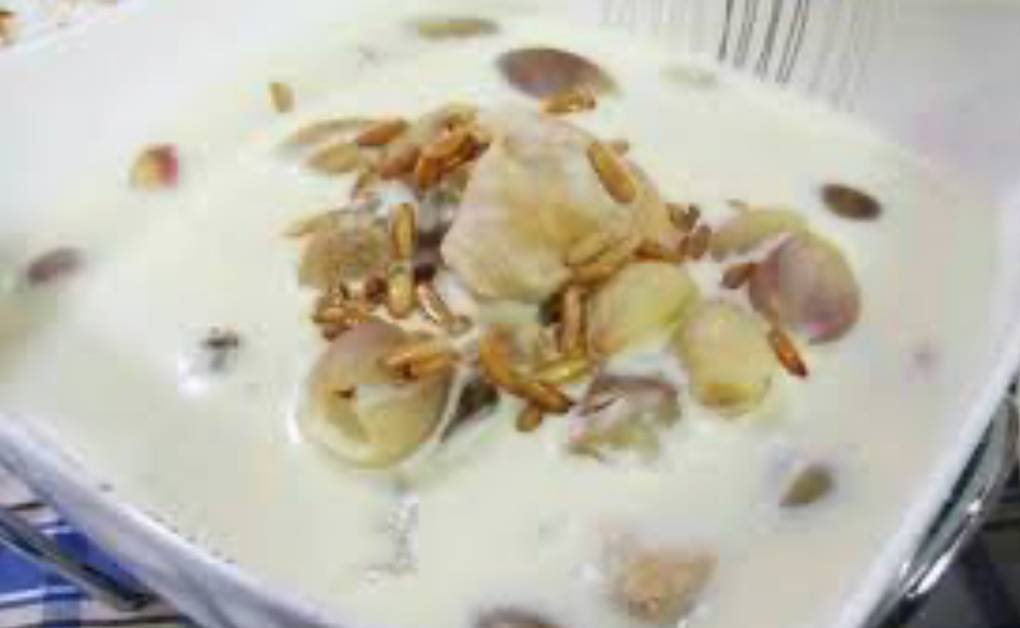
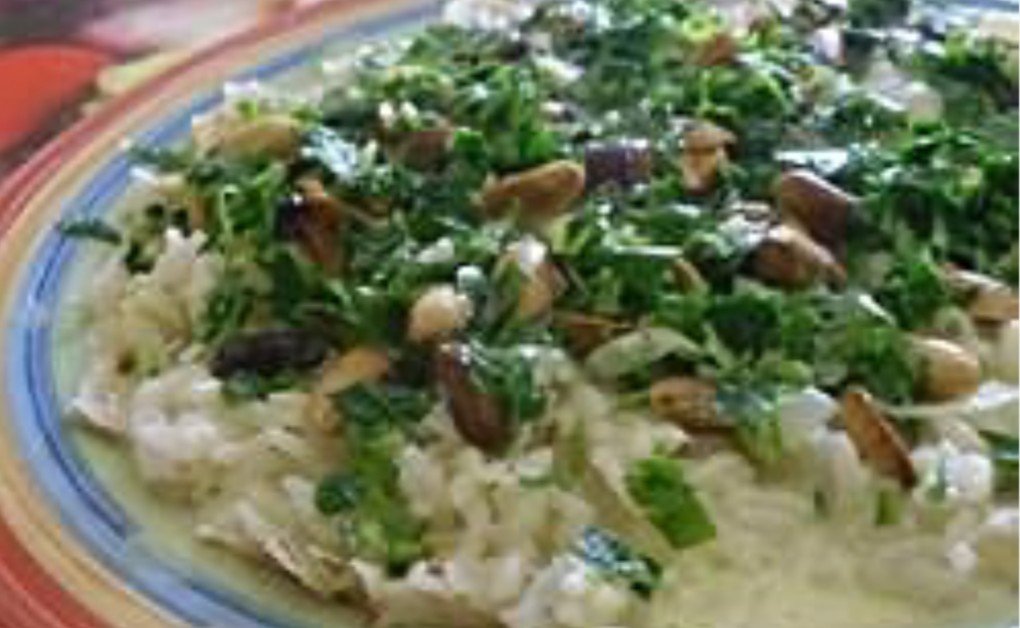
Shakriah with alternative preparation.
On the other hand, some people claim a different story for the recipe, a Turkish one. No-one knows which one is correct. There’s quite a dispute about it.
Bite-size chunks of information about the dish float about the region, and everyone argues about which part of the Levant the food comes from. All we can say is that it is a Levantine dish that has developed over the centuries because the cuisines have all merged into one, but methods of preparation do emerge as pretty specific to various regions.
For example in southern Syria cooks use sun-dried, salty yoghurt or ‘Jameed’ to make it.
To the uninitiated English eye, the sight of these hardened, hand-made yoghurt balls look like weird birds’ eggs, or even cretaceous fossils collected by 18th-century palaeontologist Mary Anning!
Judge for yourself, from the pictures below.
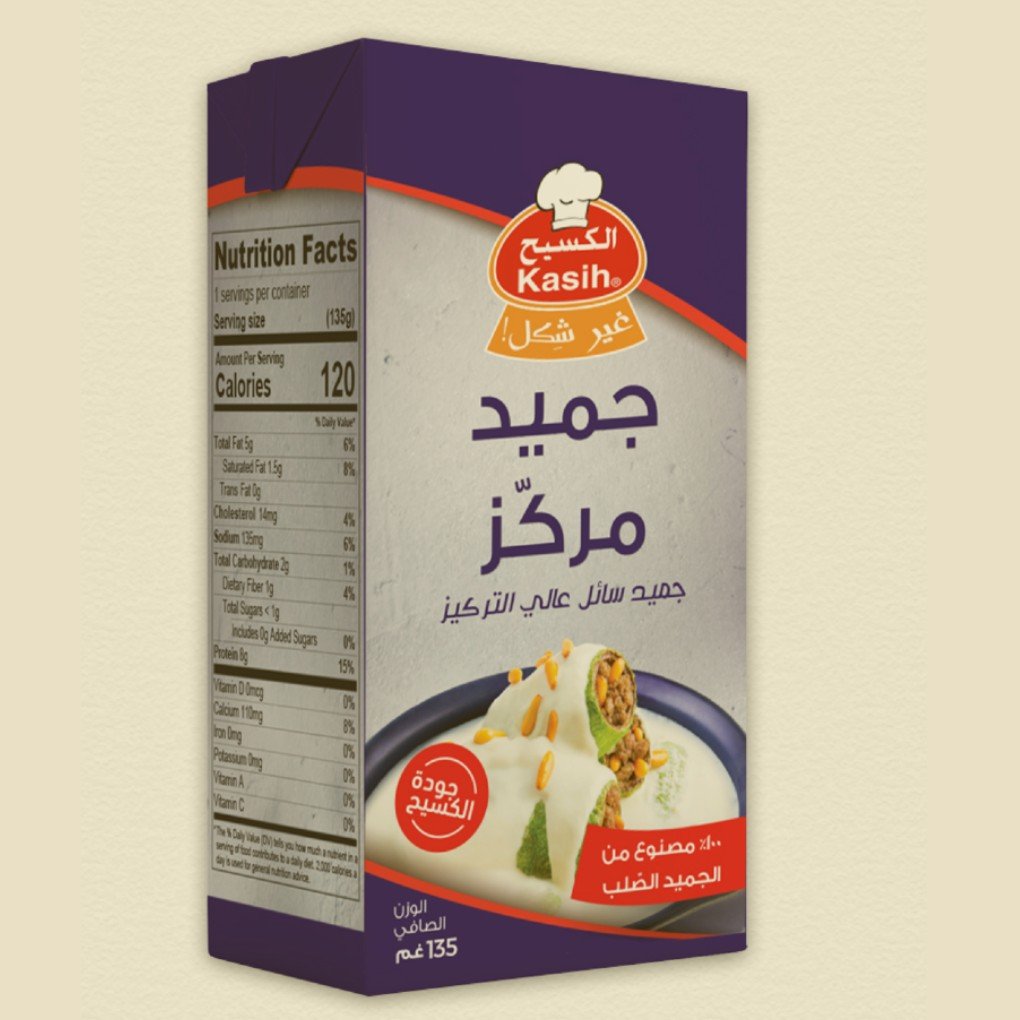

Jameed, purchased in a carton in liquid form, can be turned into the yoghurt balls for Shakriah.
Ismail, who is as talented at creating food as he is at writing about it, is a chef at Refugee Cafe. If you enjoyed the column please do let us know below.


